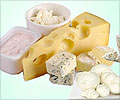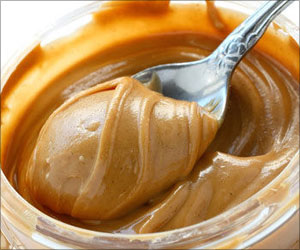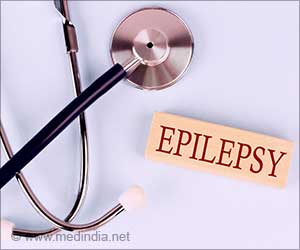If researchers at the Johns Hopkins Children's Center are to be believed, some children with a history of severe milk allergy can safely drink milk and consume other dairy products every day.
If researchers at the Johns Hopkins Children's Center are to be believed, some children with a history of severe milk allergy can safely drink milk and consume other dairy products every day.
The researchers came to this conclusion after following up with a subset of children who were part of a 2008 Hopkins Children's-led study, in which patients allergic to milk were given increasingly higher doses of milk over time.They said that for many of those children, continuous exposure to milk allergens-the proteins that trigger bad reactions-slowly and gradually retrained their immune systems to better tolerate the very food that once sent those systems into overdrive.
They revealed that the follow-up of 18 children ages 6 to 16 whose severe milk allergies had eased or disappeared found that all children were able to safely consume milk at home, and that reactions, while common, were generally mild and grew milder and milder over time.
According to them, the follow-up varied from three to 17 months, depending on how long it took patients to increase their milk intake.
"We now have evidence from other studies that some children once successfully treated remain allergy-free even without daily exposure, while in others the allergies return once they stop regular daily exposure to milk," said Dr. Robert Wood, the study's senior investigator and director of Allergy and Immunology at Hopkins Children's.
"This may mean that some patients are truly cured of their allergy, while in others the immune system adapts to regular daily exposure to milk and may, in fact, need the exposure to continue to tolerate it," he added.
Advertisement
They said that six of the 13 children did not show any reaction after drinking 16,000 mg (16 ounces) of milk, twice the highest tolerated dose during the initial study.
Advertisement
They added that the reactions ranged from oral itch to hives, to sneezing to mild abdominal pain, but none was serious. One child developed cough requiring medications.
The team continued following three kids who could not tolerate doses higher than 2,540 mg (2.5 ounces) - the cutoff set by the investigators at the beginning of the follow-up - which made them ineligible to continue the at-home part of the study.
All three continued to drink milk daily with minimal reactions, and two of the children were eventually able to increase their consumption beyond 2,540 mg, said the group.
Upon measuring sensitivity to milk with traditional skin prick testing, the researchers observed gradual decreases in reactions over time. Seven children had no reactions at eight to 15 months of follow-up.
Blood levels of milk IgE antibodies slowly decreased over time too, another sign of better tolerance to milk. At the same time, a different type of antibody, IgG4 - one that signals immunity to a particular allergen - went up over time, a maker of improved tolerance.
Children and their parents also kept daily logs of milk and dairy consumption and recorded symptoms, such as hives, abdominal pain, sneezing and cough.
During the first three months, consumption of milk triggered reactions 49 percent of the time, with some children experiencing as few as two reactions for every 100 doses of milk consumed.
The figure dropped to 23 percent in the subsequent three months, and some children had no reactions at all.
A research article describing the study has been published in the online edition of the Journal of Allergy and Clinical Immunology.
Source-ANI
LIN














